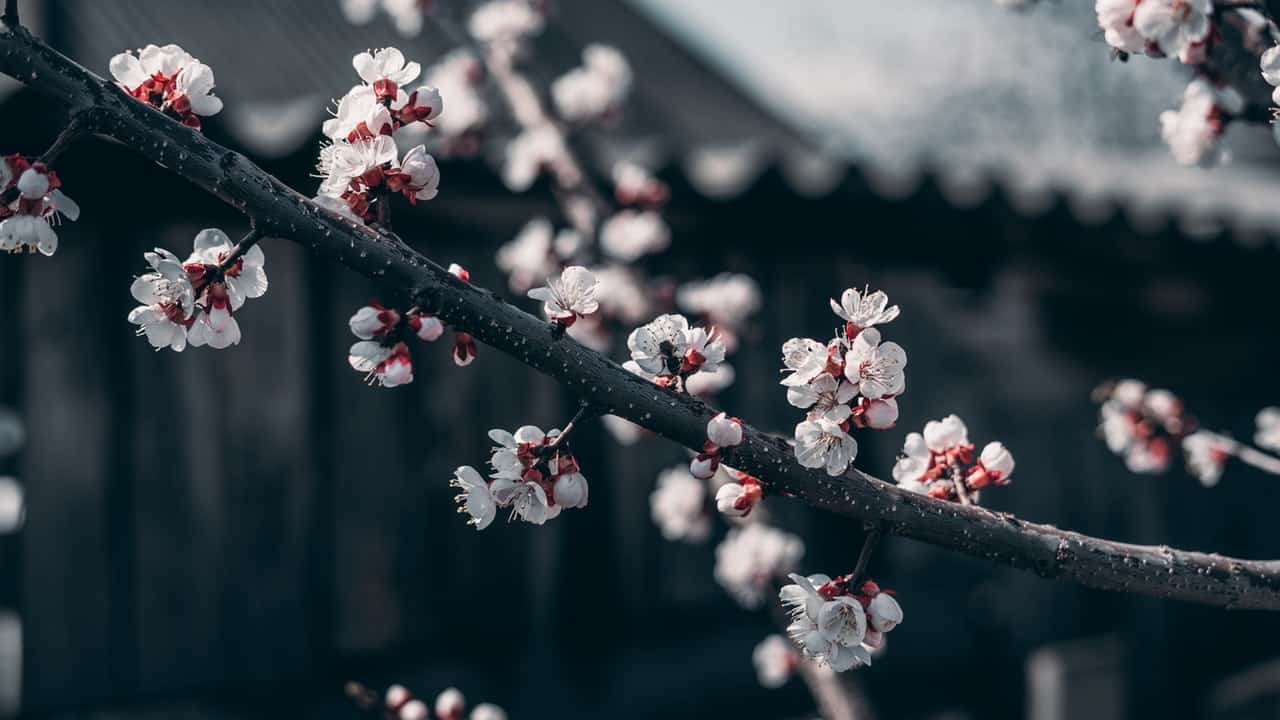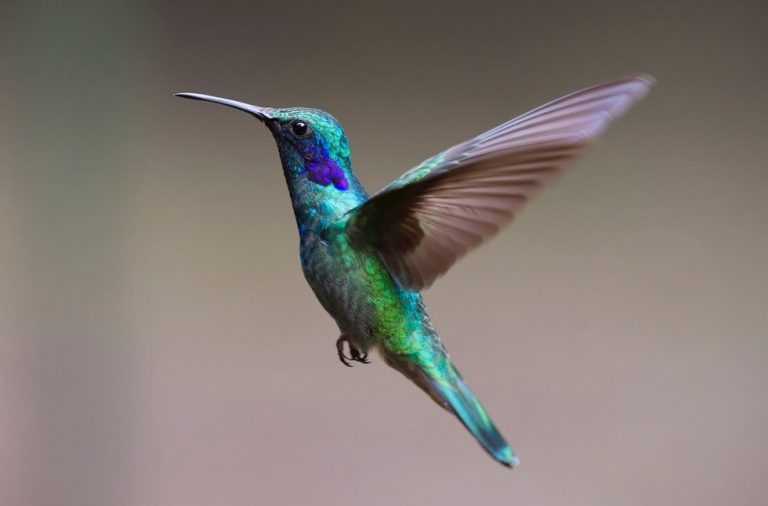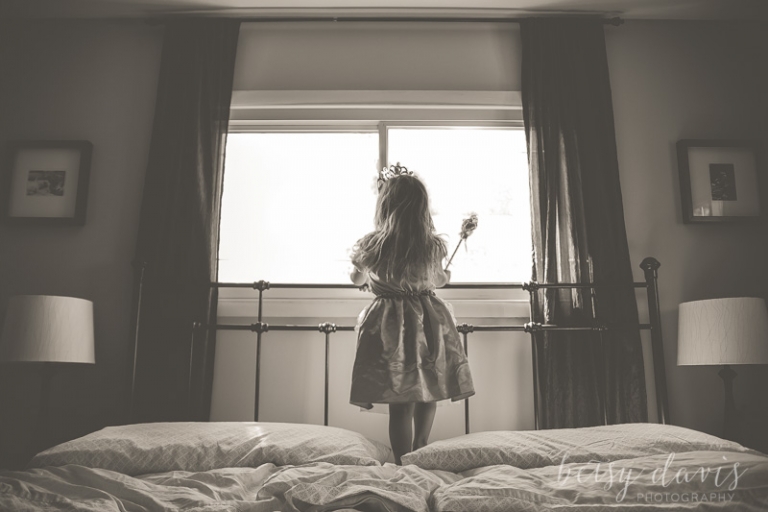If you look up aesthetics in a dictionary, you will find a definition that focuses on the artistic value of a work of art, or that discusses the characteristics of things we find beautiful and pleasing.
The concept of aesthetics is central to photography. Here is what you need to know about aesthetic photography, why this concept matters, and how you can use it to take better pictures!
Understanding and Using Aesthetics in Photography
In photography, aesthetics typically refer to the characteristics that immediately stand out to an observer. These characteristics can include colors, light, composition, lines, or your choice of subject and how an observer feels when looking at your pictures.
Why Aesthetics Matter?
Aesthetics are often associated with the concept of image quality. It’s something that will immediately catch attention when an observer looks at a photograph and helps them read the picture.
Take a moment to review the featured entries for the Smithsonian image contest. These photographs are outstanding examples. These pictures tell unique stories and elicit strong emotional responses through the use of mechanisms like color, contrast, or composition.
However, these photographic concepts are different from what makes an artist’s personal style. Style is a photographer’s individual way of creating. It can encompass techniques an artist enjoys using, themes they are drawn to, or preferences for using one photographic concept over another.
Aesthetics differ from style because they have a much broader scope and are ingrained in our culture and help define what we think of as beautiful and artistic.
Why Do People Create Art?
Humans have a drive to create things. There are different possible explanations, including the need to communicate and express themselves.
Another possible explanation for that need to create is the pursuit of beauty. Achieving an aesthetically-pleasing result is a goal in itself when creating art.
How Does Aesthetic Photography Affect Composition?
This type of photography means that there are efforts put into planning an image and editing it. It means the photographer took the time to reflect on the composition of the image to achieve a result that looks beautiful or elicits a specific emotion.
Form Your Own Sense of Style
Working on a personal style and familiarizing yourself with aesthetics are two different processes, but you will get a chance to work on both things as you practice with your photography.
You can develop a sense of aesthetics by studying and mastering the concepts that will help you create appealing photographs, make them easy to understand for observers and convey the emotions you want to share.
You can develop your personal style by looking for ways of making your photographs unique and putting some of your personality into your photos.
If you have been taking photographs for a while, you can probably look at your portfolio and identify the characteristics of your personal style. You might not be familiar with aesthetic concepts yet, but style is something that appears naturally if you practice an art form.
The Foundation of Aesthetics
Aesthetics are a concept that predates photography. A lot of the aesthetic concepts photographs use come from painting, sculpture, architecture, and other art forms.
You can learn a lot about aesthetics by studying other art forms. For instance, color theory concepts that exist in a painting can help you edit your photographs, and photographic concepts from classical sculpture can help you find interesting poses for your portraits.
How to create Aesthetic Pictures
You will develop a feel as you gain more experience and make a conscious effort to use these concepts when composing and editing your pictures
It’s important to understand the technical aspect of these concepts and to plan your shots with these concepts in mind. You can gain some experience through exercises around specific aesthetic concepts, or by trying to capture different versions of a scene or landscape to compare how different aesthetic concepts will influence the results.
SPECIAL OFFER – Get Our Photography Fundamentals Guidebook Here for Huge Savings Today – Finally, a VISUAL guide that makes mastering photography as SIMPLE as “A-B-C” so you can confidently shoot in full manual mode, and know which settings to adjust…guaranteed! Click here to learn more.
Compositional Elements
These concepts will help you capture photographs that are aesthetically pleasing to the human eye.
1. Experiment with Leading Lines
Leading lines help observers read an image by guiding their eyes. You can tell a story through your leading lines, draw attention to a subject, or establish a relationship between two or more subjects in your aesthetic pictures.
You can add leading lines to your pictures by looking for structures and buildings, trees, or use your horizon line as a leading line.
This example of street photography by MichaelGaida (Pixabay License) uses leading lines and perspective to guide the observer’s eyes toward the white space between the buildings.
This sunset, captured by 8385 (Pixabay License), positions mountain ranges along horizontal lines to achieve the aesthetic effect of the rule of thirds.
2. The Use of Triangles
Capturing triangles in your aesthetic pictures creates three points of interest and guide an observer’s gaze along three leading lines that create relationships between these three points.
You can use triangles with similar proportions and characteristics to create balance and stability or elicit a strong emotion by introducing a triangular shape that differs from the others, for instance, by filling a triangle with white space.
You can find triangles in your environment by looking for triangular objects or using natural lines and perspective. You can find triangles easily in street photography if you use buildings and perspective!
This photograph by Free-Photos (Pixabay License) uses triangles to create a sense of balance and guide the gaze toward the center of the composition.
3. Attempt the Rule of Thirds
The rule of thirds will help you find balance in your aesthetic photos. Imagine a grid that divides your photograph into three equal sections horizontally and vertically.
You can follow the rule of thirds by placing your subjects, and important details along these lines or on the intersection points will make your composition more aesthetically pleasing. Use the rule of thirds to position your subjects when you capture portraits, or to place the horizon line when shooting a landscape.
You can use the rule of thirds when you snap a picture or use an editing app like VSCO to crop your image and change the position of your main subjects.
4. Undertake the Gestalt Theory of Photography
The Gestalt theory is a set of design principles you can apply when composing your photographs. These principles are based on the fact that we tend to group things that are similar:
- We group subjects that look similar together.
- If elements are in the same geographic location, we will perceive them as a group.
- We perceive things that have a similar personal or cultural meaning as a group.
- If a shape is incomplete or suggested, we will unconsciously complete it.
- The foreground is what stands out the most to observers.
- If an image or pattern is complex, we will perceive it in a simplified manner.
- We look for symmetry, balance, associations, and shapes we’re familiar with.
These principles can give you an accurate idea of how observers will read your aesthetic pictures. You can use them to create photos that are aesthetically pleasing, or break these rules to surprise observers and create new emotions!
5. Practice the Rule of Odds
Pictures that use an odd number of subjects are more appealing because you can position them in a way that looks more natural. Observers tend to perceive three, five, or seven subjects as a group rather than as individuals.
You can make these subjects and their position instantly noticeable by leaving white space around them.
Once you have an odd number of elements, place them along a line or adjust your focus to have some elements in the foreground, middle ground, and background.
This photograph by TanteTati (Pixabay License) uses the rule of odds with its three flowers. Note how the photographer placed the three flowers in different planes.
Aesthetic Photography Tips
Here are some practical tips to help you improve your photography and apply the aesthetic concepts discussed above.
1. Learn Your Personal Aesthetic
The aesthetic concepts listed above will help you take pictures that people will find appealing, satisfying, and interesting to look at. Applying these concepts will result in photographs that catch people’s eyes and that are easy to read.
However, aesthetics aren’t a box you have to fit in. Use them as a basis to develop your own sense of style and aesthetics. Break these rules to create emotions and develop a personal style!
It’s important to gain hands-on experience by applying these different concepts in your compositions. You can then reflect on the relationship between these concepts and your personal style, and develop a personal sense of aesthetics from there.
2. Figure Out Your Taste
When you come across a photograph you love, ask yourself why you are drawn to the image. Pay attention to what happens when you look at it.
How is the composition guiding your gaze? Which elements jump out at you? How does the photograph make you feel? If you ask these questions consistently, you will notice patterns in the things that are appealing to you.
You can also ask these questions when you come across a work of art that doesn’t resonate with you. Ask yourself why the aesthetic choices aren’t interesting to you, and what you would change to make the image more pleasing.
3. How Do You Generally Photograph?
Everyone has a different process when working on a shot. Some artists will take the time to adjust their camera settings manually. Others prefer to shoot with an automatic camera.
Some photographers go through an extensive process to plan their composition and will move elements in their surroundings, pose their subjects carefully, and bring artificial lighting with them.
Others will capture images on-the-go, move their camera around to capture the same scene from different angles, and use an app like VSCO to crop the photographs, adjust colors, and play with different effects.
Try different ways of shooting pictures. You will develop an eye for recognizing leading lines and other things you can incorporate in your compositions as you gain more experience.
4. Compile and Analyze Images You like
A good place to start developing a personal approach to aesthetics is to create a collection of photos you find appealing. Create a folder and save photographs and other works of art you find interesting.
Go over your folder once in a while and identify the photographic concepts used by the artists you admire.
5. Is Your Artist “Voice” in Your Work?
A lot of artists use aesthetics on an unconscious level. If you go over your old photographs, you will probably recognize some of the composition techniques discussed above. Look for techniques that you use regularly, and ask yourself what makes your creations unique.
It’s important to consider your photos as a whole. Look for patterns that come back, themes you are interested in, and aesthetic concepts you tend to use a lot. These things will help you develop a personal style and get results that are interesting from a creative point of view.
6. Learn to Convey Your Opinion
Sharing your opinion will help you develop a better understanding of this kind of photography. In order to express constructive criticism, you need to analyze the work you are looking at and identify the characteristics you love and the things the photographer could have done better.
This process requires you to judge a work of art against aesthetic criteria, and it teaches you to recognize the use of photography aesthetic concepts.
7. Try New Things
Social media and online communities give you the possibility to interact with other artists. It’s a fantastic opportunity to ask questions about their process.
Ask about the steps they follow to plan their shots. Find out which aesthetic concepts they apply, and at which point in their creative process these concepts appear.
Create Your Own Aesthetic Photography Checklist
Here is a quick checklist that will help think of the aesthetic qualities of your compositions and plan aesthetics pictures:
- What is the subject of your photograph?
- Where is the subject in your composition, and why?
- What are the main lines? How do they guide the observer’s eye?
- Can you adjust your composition to apply the rule of thirds?
- Are there any triangles in your composition?
- Are the main lines taking the observer’s eye toward the subject?
- How do the main lines connect the different subjects in your frame?
- How will observers group the different subjects in your shot?
- Are there elements that establish symmetry in your composition?
- Can you use some elements to break that symmetry?
- Does white space support the aesthetics of the picture?
Conclusion
Aesthetic photography concepts are pillars on which you can build and develop a personal sense of style. You don’t have to follow these concepts to the letter, but it helps to possess solid bases. Applying these concepts will help you create photos that are aesthetically pleasing to observers and easy to read and understand.








